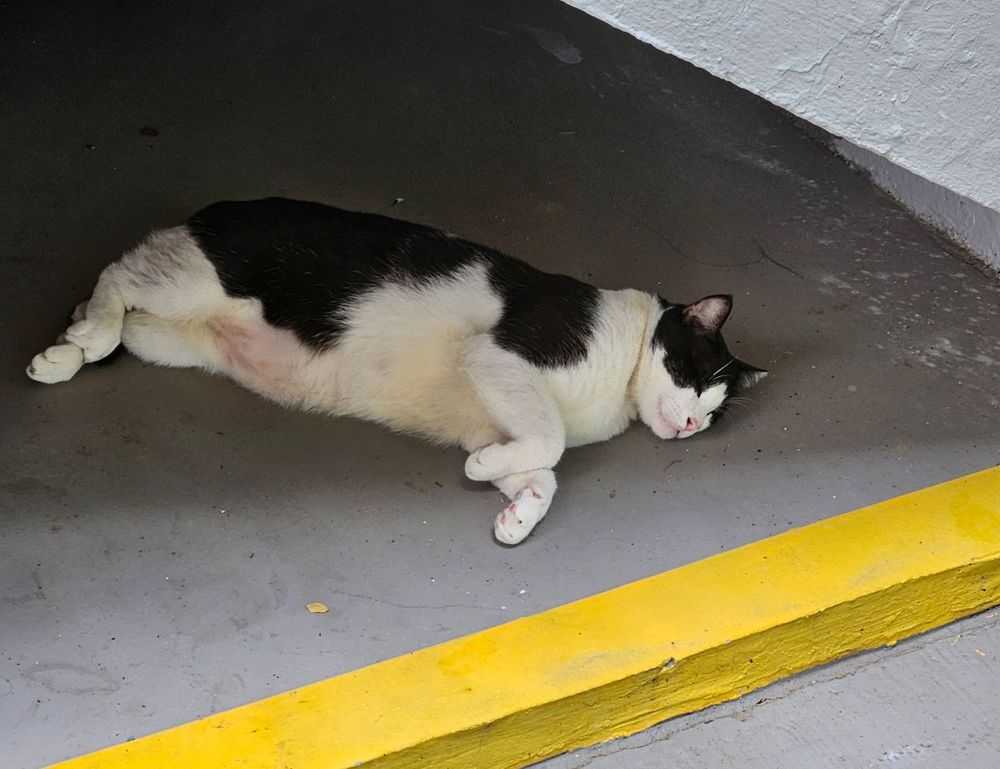Most of us don’t think twice when we reach for a bag of chips or a candy bar between meals, but there’s a good chance those quick bites fall under the category of unhealthy snacks fhthgoodfood. If you’re curious about exactly what that means and how it might affect your health long-term, you can learn more from this essential resource. Let’s break down what makes a snack unhealthy, why we keep choosing them, and how to swap them out—without giving up flavor or convenience.
What Are Unhealthy Snacks?
Unhealthy snacks tend to be high in refined sugars, salt, saturated fats, and empty calories. Think: chips, candy, pastries, soda, and processed convenience foods. They often lack nutrition—meaning they won’t help you feel full or energized—and can lead to health problems over time if consumed regularly.
These snacks aren’t all bad all the time. A cookie or soda once in a while won’t ruin your diet. The real issue? Frequency and portion size. Grabbing these items daily, or in large quantities, is where problems like weight gain, diabetes, high blood pressure, and nutrient deficiencies start to creep in.
Why We Gravitate Toward Them
Let’s be honest—unhealthy snacks are everywhere. Vending machines, checkout counters, office break rooms. They’re cheap, quick, and loaded with flavors designed to be irresistible. Food companies use a blend of salt, sugar, and fat to hit our “bliss point,” making it hard for us to stop at just one bite.
Add in our busy schedules, limited access to fresh food, and the emotional pull of comfort eating, and you’ve got a recipe for a modern snacking dilemma.
How Unhealthy Snacking Affects Your Body
The occasional indulgence isn’t a big deal. But frequent, long-term consumption of unhealthy snacks can mess with your health in sneaky but serious ways.
- Weight gain: Excess calories from high-fat and high-sugar snacks add up silently.
- Poor digestion: Low-fiber choices can slow digestion and cause bloating or constipation.
- Mood swings: A sugar rush feels great—until the crash. Unstable blood sugar can affect your mood and focus.
- Heart health: Trans fats and excess sodium raise the risk of heart disease and stroke.
The key isn’t elimination; it’s awareness and control.
Smart Swaps: Healthier Alternatives
The best way to cut back on unhealthy snacks fhthgoodfood? Prepare yourself with easy, satisfying alternatives that still hit the spot.
- Instead of chips: Try roasted chickpeas, air-popped popcorn, or baked vegetable slices.
- Swap soda: Go for sparkling water with citrus slices, herbal iced teas, or kombucha.
- Ditch the candy: Reach for dark chocolate squares (70%+ cocoa), dates, or dried fruits without added sugars.
- Replace pastries: Opt for whole grain toast with nut butter, banana oatmeal, or protein muffins.
These options still pack flavor but come with added fiber, protein, or essential nutrients—things your body actually needs.
Building a Better Snacking Habit
Changing your snack habits doesn’t require giving up everything you love. It does require some planning and mindfulness:
- Keep it visible: Store healthy snacks where you can see them—cut fruit in the fridge, a jar of nuts by your desk, or yogurt on the top shelf.
- Read the label: Watch for high sugar, sodium, and unfamiliar additives. If you can’t recognize the ingredients, it’s probably better left on the shelf.
- Pair it up: Combine carbs with protein or fat—like apple slices with peanut butter. This stabilizes blood sugar and keeps you full longer.
- Control the portion: Don’t eat straight out of the bag. Serve a portion, then put the rest away.
- Snack mindfully: Ask yourself if you’re actually hungry or just bored, stressed, or tired.
These small practices train your brain and body to recognize what real hunger—and real satisfaction—feels like.
When It’s Okay to Indulge
Let’s not ignore the facts—ice cream after a rough day or a handful of chips at a party is perfectly fine from time to time. Balance is part of a sustainable diet. The goal isn’t perfection, but improvement.
If you’re trying to cut down on unhealthy snacks fhthgoodfood, start with small, manageable changes. Keep the things you love (within reason), and focus on making your overall habits better—not strict or punishing.
Long-Term Wins: Why It Matters
Consistently choosing better snacks can lead to real improvements in how you feel and perform every day. More energy. Better sleep. Clearer skin. Sharper focus. Keeping your blood sugar steady with nutrient-dense options also helps prevent the dreaded post-snack crash that leaves you hungrier than before.
Over time, these small changes reduce your risk of chronic conditions and make healthy eating feel second nature—not a chore.
Final Thoughts
You don’t need to overhaul your diet overnight to escape the grip of unhealthy snacks fhthgoodfood. Start by identifying your usual go-to’s and swapping just one or two a week. Make healthy snacks easy, accessible, and enjoyable—and before long, you’ll reach for them without even thinking. It’s not about cutting every indulgence—it’s about building smarter habits that last.

 Joseph Hood is an integral part of the project team, specializing in renewable energy and sustainable technology. His expertise in solar energy systems and energy efficiency plays a crucial role in shaping the project's goals and initiatives. Joseph actively collaborates with fellow team members to explore innovative solutions for reducing carbon footprints and promoting cleaner energy sources. His enthusiasm for public education ensures that community members are informed about the benefits of renewable energy, reinforcing the project's mission to create a more sustainable future.
Joseph Hood is an integral part of the project team, specializing in renewable energy and sustainable technology. His expertise in solar energy systems and energy efficiency plays a crucial role in shaping the project's goals and initiatives. Joseph actively collaborates with fellow team members to explore innovative solutions for reducing carbon footprints and promoting cleaner energy sources. His enthusiasm for public education ensures that community members are informed about the benefits of renewable energy, reinforcing the project's mission to create a more sustainable future.